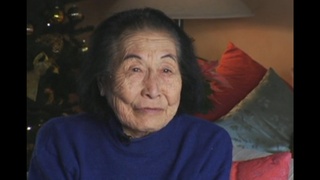Interviews
First experience writing music
I think the first experiences that I had with music as far as playing it would have to be when I was really young, when I was about 3 or 4. My mom enrolled me in a piano class. It was like a Yamaha piano workshop type of thing for young kids and we’d just go in with a class of 10 or 15 other kids of all ages who were just learning piano for the first time. And they’d teach you how to put your hands on the keys correctly, sit correctly, and all those things. And it kind of stuck. I think what happened was that the shop closed down and our teacher from the class said, you know, “I’m going to keep doing this on my own. I’m going to teach piano privately.” And we began…my brother and I began lessons with her.
From the point, I want to say I was about 12-ish when I won one of my first composition contests. I wrote…it was actually the first piece I ever wrote and I submitted it through her to this little contest they were putting on and I was really proud because I won, you know, first place and I’m this little kid and there were people who were, you know, 5 years older than me writing music for this thing who had written a number of pieces. So that was really big moment for me where I thought, you know, “I guess I can write songs. This is pretty fun.”
Date: January 16, 2006
Location: California, US
Interviewer: Chris Komai and John Esaki
Contributed by: Watase Media Arts Center, Japanese American National Museum





